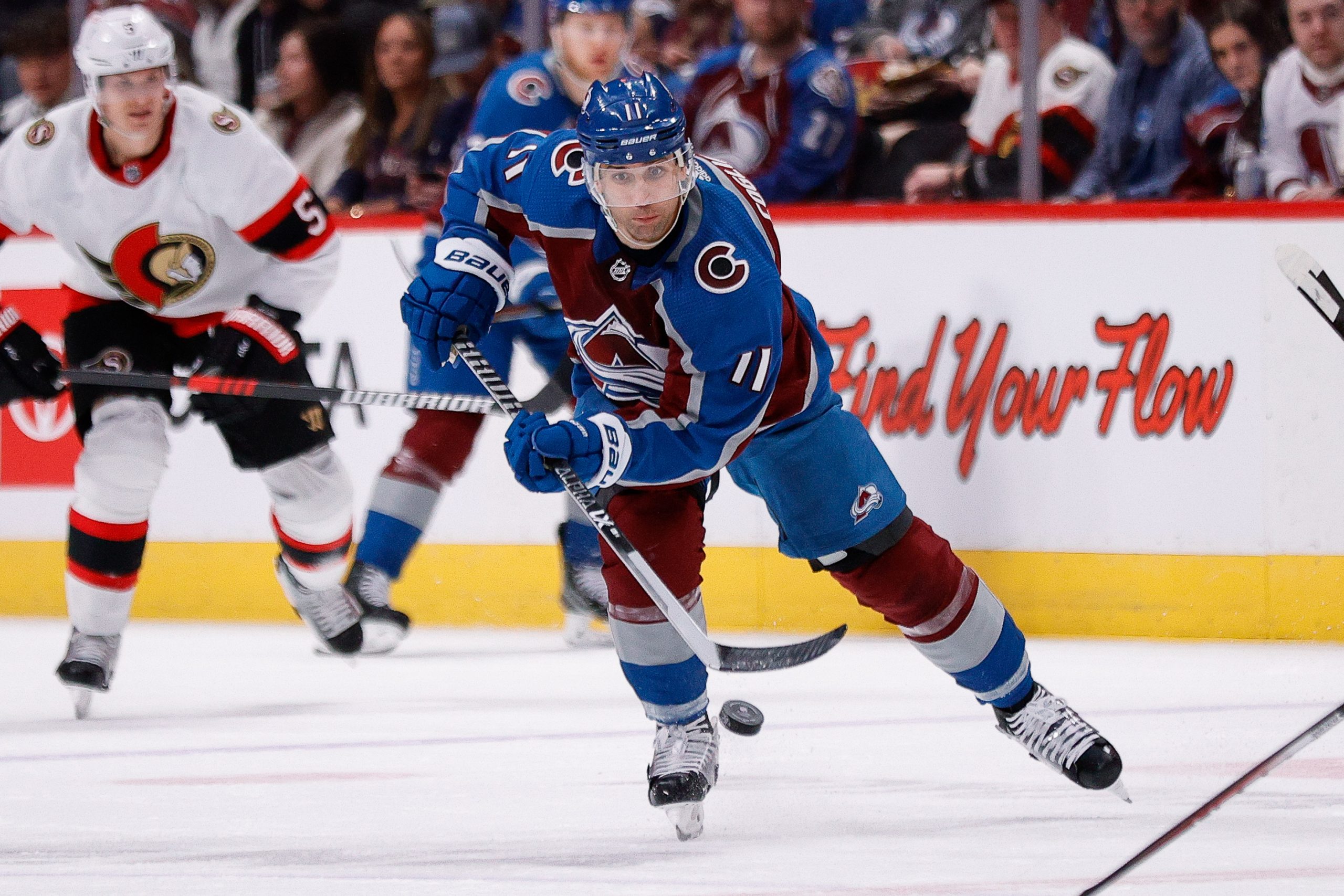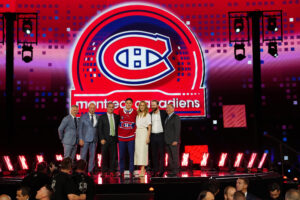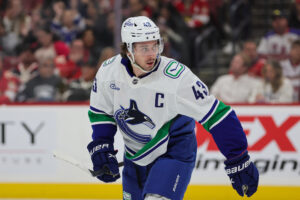NHL player development seems to always result in more questions than answers. How likely is it for a top pick to pan out? What makes a player a “steal”? Last Word On Hockey will be starting a new series on how to properly develop prospects from all different spots throughout the draft. This week’s piece involves draft picks in the back half of the first round and how they were used early in their careers.
NHL Player Development Of First-Round Picks
In the span of 2005 through 2015, there were 84 total selections made between 16th overall and 30th overall on forwards playing in North America. Looking at all 84 forwards, they were split into different categories. Those categories were “Forwards Deemed NHL-Ready and Brought In Immediately When Ready,” “Forwards Near NHL-Ready and Brought In Immediately When Near-Ready,” “Forwards Rushed Slightly,” “Forwards Rushed,” “Forwards Forced,” “A Little Patience,” “Patience,” and “Too Much Patience.”
There were four forwards who fell into the seventh category, “too much patience,” on the list. Of those four players, two made their NHL impacts in their DY+3 seasons. Those players were Andrew Cogliano and Beau Bennett. In this piece, we will cover Cogliano.
In this piece, we will be using stats from eliteprospects (raw stats) and hockey-reference (ice time). Additionally, the analytics we are using are as follows: even-strength offence goals above replacement (EVO), even-strength defence goals above replacement (EVD), wins above replacement (WAR) and goals above replacement (GAR). Those analytics are from evolving-hockey (subscription required).
NHL Player Development Of Andrew Cogliano
Cogliano, drafted 25th overall by the Edmonton Oilers in the 2005 NHL draft, came out of the OPJHL (now OJHL) with the St. Michael’s Buzzers. In his DY-1 season with the Buzzers, Cogliano scored 26 goals and 46 assists for 72 points in 37 games, for 1.946 points per game. That ranked sixth amongst the aforementioned 84 forwards, albeit while playing in a weak league, in DY-1 production. The following year, he scored 36 goals and 66 assists for 102 points in 49 games, for 2.082 points per game. That ranked eighth amongst those same 84 forwards in DY production. Cogliano, after being drafted, would go to the NCAA where he played for the University of Michigan for two years.
In his first NCAA season, Cogliano scored 12 goals and 16 assists for 28 points in 39 games, for 0.718 points per game. That ranked 65th out of the 82 forwards still outside of the NHL in DY+1 production. Cogliano would follow that up with 24 goals and 26 assists for 50 points in 38 games, for 1.316 points per game. That ranked 12th out of the 70 forwards still outside of the NHL in DY+2 production. Cogliano would get a shot at the NHL following this solid NCAA performance.
How Cogliano Was Used
In his first NHL season, he suited up for all 82 games and averaged 13:40 time on ice per game. With that third-line role, Andrew Cogliano scored 18 goals and 27 assists for 45 points, a strong stat line considering his role. Analytically, his rookie season painted an even brighter picture. His EVO (10.2) was incredible for a rookie, and it made up for his poor EVD (-3.4). His overall game looked good too, with a WAR (1.1) and GAR (6.0) that looks very good for a rookie.
After a very successful season, Cogliano would again see all 82 games with Edmonton, averaging 14:24 per game. Again, playing roughly a third-line role, on average, Cogliano would actually take a step back in raw production. He scored 18 goals and 20 assists for 38 points. Analytically, his step backwards becomes even more apparent. His EVO (2.4) was much worse, and his EVD (-3.0) was not much better. Those even-strength numbers led his WAR (0.3) and GAR (1.7) to also slide down.
Raw Production Continues To Slide For Cogliano
In his third NHL season, he would yet again see all 82 games, averaging 14:11 per game. While averaging roughly third-line minutes yet again, Cogliano’s production fell even more. He scored just 10 goals and 18 assists for 28 points. However, there is some hope. His analytics improved across the board, with an EVO (6.9) jumping back up, and an EVD (-2.1) also seeing a slight improvement. That led to his WAR (1.0) and GAR (5.3) returning closer to his rookie year totals.
Following that third season, in the 2009-10 season, Cogliano would play one more season with the Oilers, seeing 82 games. He scored 11 goals and 24 assists for 35 points. In 2011-12, he joined the Anaheim Ducks, where he played for parts of eight seasons. Overall, he scored 102 goals and 131 assists for 233 points in 584 games. In 2018-19, after playing 46 games with the Ducks, he would be traded to the Dallas Stars. Playing parts of three seasons with the Stars, he scored 11 goals and 20 assists for 31 points in 154 games. In 2021-22, he would join the San Jose Sharks for 56 games (15 points). Then, he was traded to the Colorado Avalanche that same year, where he remains today. So far, as a member of the Avalanche, he has 14 points in 67 games.
Overall NHL Player Development Of Andrew Cogliano
Andrew Cogliano very clearly turned out just fine. He proved early in his career that he can remain healthy and available for whichever team he played for. While he never took his game to the next level, with his rookie season remaining as his career-high season in point production, he still averaged about 30 points per season (based on career points per game, in an 82-game season).
However, there is a way that Cogliano could have taken that next step, with Edmonton. After his rookie season, he honestly should have been given a longer leash with more ice time. Then the coaches can see if he can up his production. Instead, his head coach as a first and second-year player, Craig MacTavish, didn’t give that chance to him. Using a grading system, MacTavish ranked 53rd out of 60 total coaches (small sample, fitting the criteria of coaching a top-15 draft pick(s) for at least one season).
That said, he did not have a coach willing to give a young player a chance, relative to other options. His coach for his third season in Edmonton, Pat Quinn, ranked 30th. He was slightly better, but with Cogliano being young and Quinn bringing in a new system, he wasn’t given a big role right away. Had he received more lenient coaches early in his career and been given a bigger shot in his second season, there’s no telling how much better Andrew Cogliano could have been.
Junior league stats via Elite Prospects, NHL stats via Hockey Reference, NHL analytics via Evolving Hockey
Coach Grades via Kyle Pereira’s Player Development Research
Credit: Isaiah J. Downing-USA TODAY Sports






